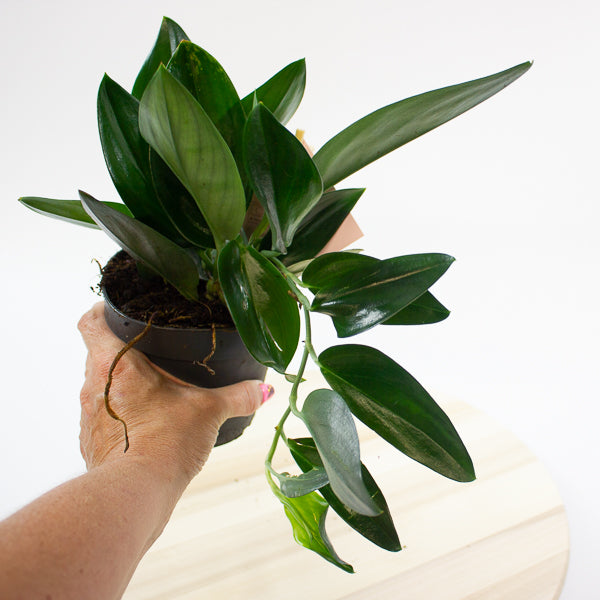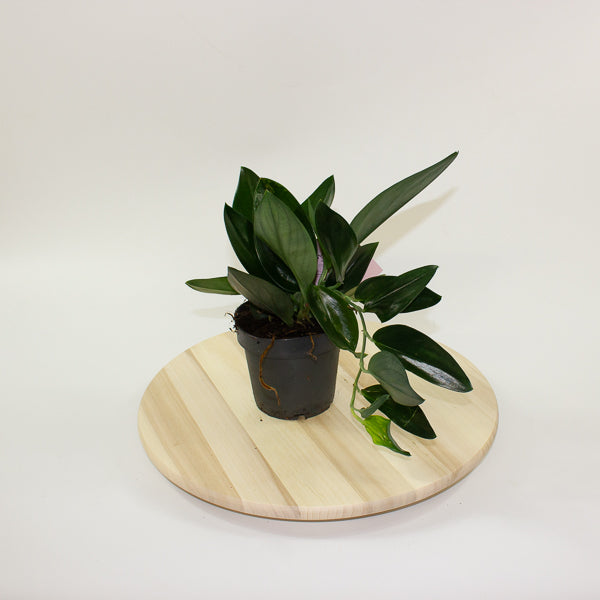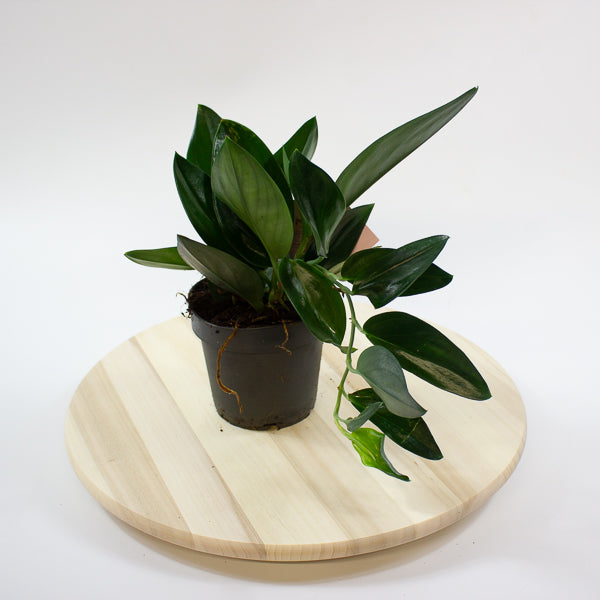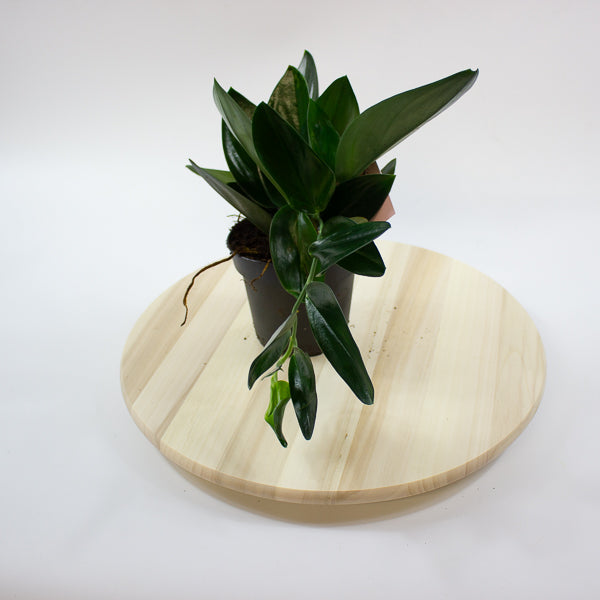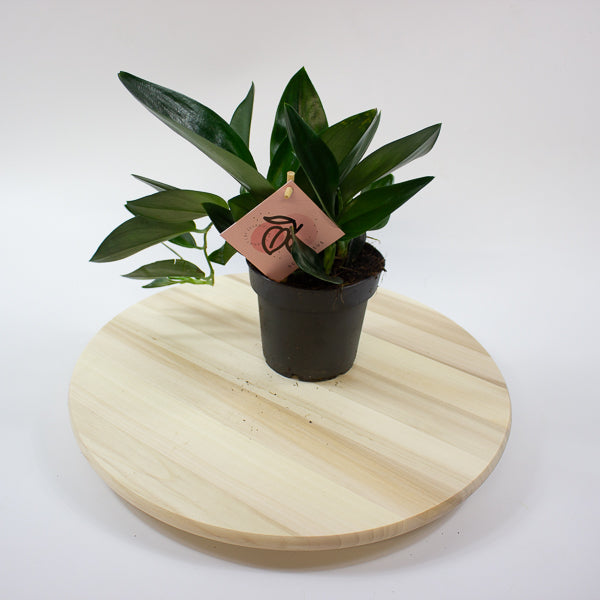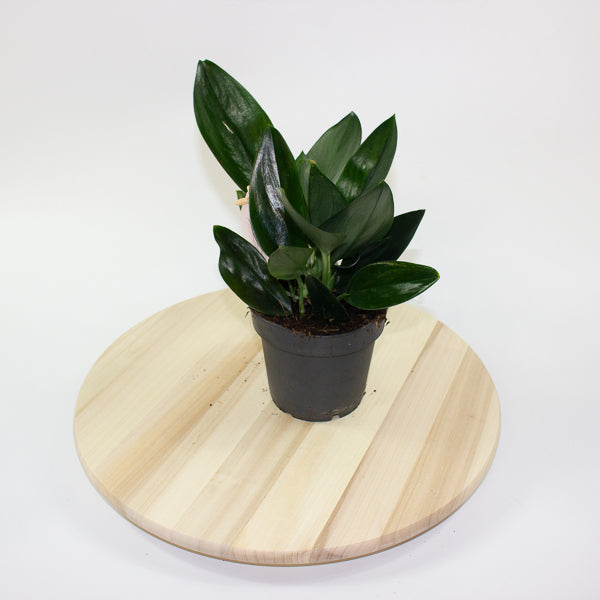1
/
of
6
Emm's Plant House
Scindapsus treubii DARK FORM 12cm H20cm
Scindapsus treubii DARK FORM 12cm H20cm
Regular price
£16.00 GBP
Regular price
Sale price
£16.00 GBP
Unit price
/
per
Taxes included.
Couldn't load pickup availability
Scindapsus treubii 'Dark Form' is a rare and striking cultivar of Scindapsus, known for its deep green, almost black foliage with silver markings. Native to Southeast Asia, this trailing plant is highly prized for its unique coloration and glossy, heart-shaped leaves. As a low-maintenance plant, it thrives in a variety of indoor settings and is well-suited for collectors looking for something with a touch of mystery and elegance. This variety of Scindapsus is perfect for hanging baskets or as a trailing vine in your indoor plant collection.
- Full Botanical Name: Scindapsus treubii 'Dark Form'
- Common Names: Dark Form Scindapsus, Treubii Dark Form
- Country and/or Region of Origin: Native to Southeast Asia, including parts of Thailand, Malaysia, and Indonesia
- Growing Conditions in Native Habitat: Grows as an epiphyte in tropical rainforests, where it thrives in shaded, humid environments with well-draining soil and filtered light from the forest canopy.
Care Guide
Care Guide
Share
